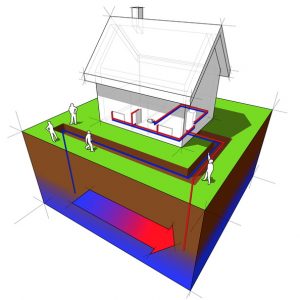
The name “dirty sock syndrome” will give you a heads-up about why this isn’t something you want happening your home. If you instantly wrinkled your nose and imagined a damp, musty, moldy, thoroughly unpleasant odor—well, you’re right. When you’ve got dirty sock syndrome happening in your house, you can expect this unwelcoming smell to permeate throughout the rooms connected to the ventilation system.






 Past mid-February isn’t the end of winter, even with March around the corner. March is a notoriously unpredictable month—so much so people can’t even keep straight whether the saying is “March enters like a lamb and leaves like a lion” or “March enters like a lion and leaves like a lamb.”
Past mid-February isn’t the end of winter, even with March around the corner. March is a notoriously unpredictable month—so much so people can’t even keep straight whether the saying is “March enters like a lamb and leaves like a lion” or “March enters like a lion and leaves like a lamb.” EMERGENCY! It’s a cold winter day or night in Indiana, and you have your furnace running. Or maybe a heat pump or boiler. Then suddenly—nothing. The heater stops working and a chill settles over your home. You might feel panic creeping up your spine, and who could blame you? This is one of those winter nightmares homeowners hope never happens to them.
EMERGENCY! It’s a cold winter day or night in Indiana, and you have your furnace running. Or maybe a heat pump or boiler. Then suddenly—nothing. The heater stops working and a chill settles over your home. You might feel panic creeping up your spine, and who could blame you? This is one of those winter nightmares homeowners hope never happens to them. When people are shopping for heating systems to install in a new house, one of the points of comparison they make between different models is their estimated service life. In this column,
When people are shopping for heating systems to install in a new house, one of the points of comparison they make between different models is their estimated service life. In this column,